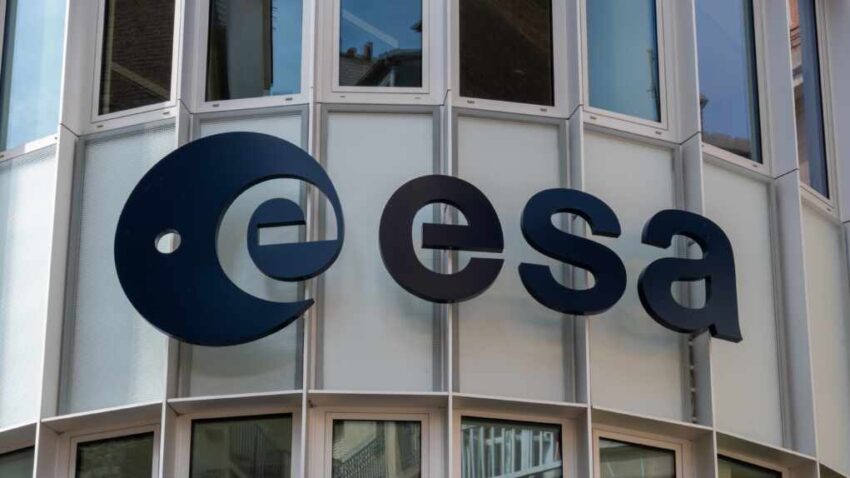Europe is accelerating its entry into hypersonic flight with the Invictus space plane project, pledging a Mach 5 breakthrough by 2031 that could redefine aerospace power.
At a Glance
- The European Space Agency (ESA) is funding Invictus with a €7 million research program.
- The craft will use hydrogen-fueled, air-breathing engines capable of Mach 5 horizontal flight.
- The pre-cooler engine tech originates from the UK’s SABRE program by Reaction Engines.
- A preliminary design is expected by mid-2026, with flight testing targeted for 2031.
- Invictus is pitched as dual-use for defense and commercial mobility, enhancing Europe’s strategic autonomy.
Hypersonic Horizons: Europe’s Bold Gamble
Europe’s aerospace ambitions took a quantum leap with the unveiling of Invictus, a hypersonic space plane designed to take off horizontally, reach five times the speed of sound, and return like a conventional aircraft. Spearheaded by ESA, this €7 million initiative aims to deliver a working prototype capable of Mach 5 speeds by 2031.
At the heart of the design is a precooled hydrogen propulsion system, a technology refined by Reaction Engines under the SABRE program. This advanced engine can chill incoming air from over 1,000°C to ambient temperatures in milliseconds, enabling air-breathing flight at hypersonic velocities without the catastrophic heat stress that typically plagues such speeds.
Watch a report: EU launches Invictus hypersonic spaceplane development program — YouTube
Strategic Stakes and Engineering Challenges
The Invictus project, led by Frazer-Nash Consultancy alongside Spirit AeroSystems and Cranfield University, is not merely about technical bravado. European officials see it as essential for ensuring that the continent does not fall behind the U.S., Russia, and China in the hypersonic arms race. ESA mechanical department head Tommaso Ghidini called hypersonics “a gateway to future mobility and space access.”
Challenges remain steep: achieving controlled hypersonic flight requires mastering thermal management, materials science, and complex aerodynamics. The pre-cooler tech already proven on the ground must now integrate seamlessly with hydrogen propulsion for sustained high-speed operations.
A New Aerospace Paradigm
Beyond defense, Invictus promises a future of rapid point-to-point travel and cheaper, reusable space access. ESA envisions a future where cargo and even passengers could traverse continents or reach low Earth orbit in a fraction of current times, all while reducing emissions through hydrogen fuel.
By mid-2026, ESA expects a finalized design. If subsequent testing stays on schedule, Europe could field its first operational hypersonic test aircraft by 2031—potentially shifting the global balance in aerospace capabilities. As hypersonic technologies increasingly define military and commercial advantages, Invictus positions Europe to play a leading role in the next era of flight.
Click this link for the original source of this article.
Author: Editor
This content is courtesy of, and owned and copyrighted by, https://thecongressionalinsider.com and its author. This content is made available by use of the public RSS feed offered by the host site and is used for educational purposes only. If you are the author or represent the host site and would like this content removed now and in the future, please contact USSANews.com using the email address in the Contact page found in the website menu.








